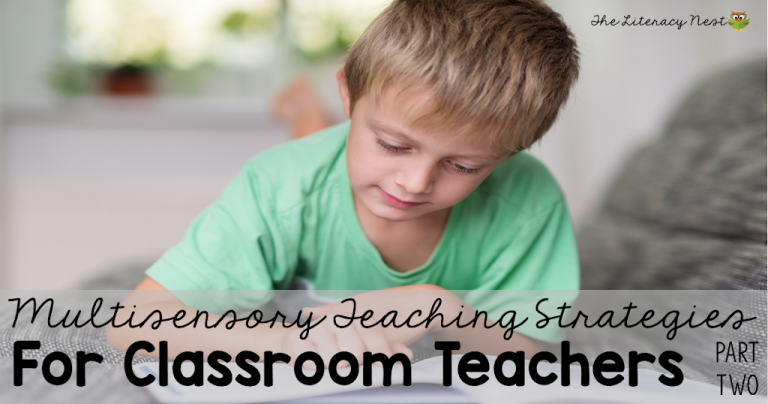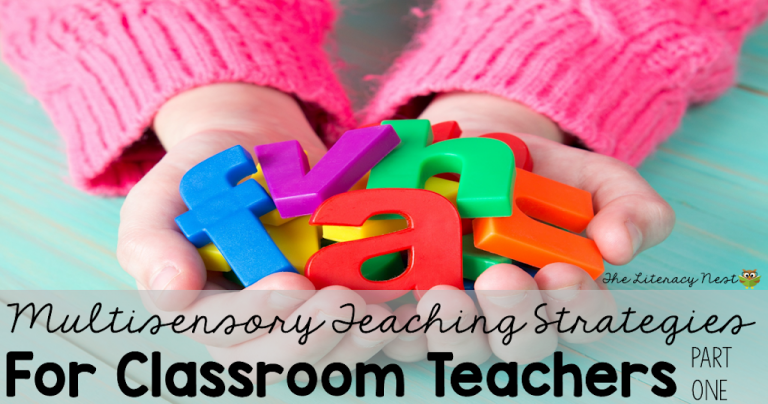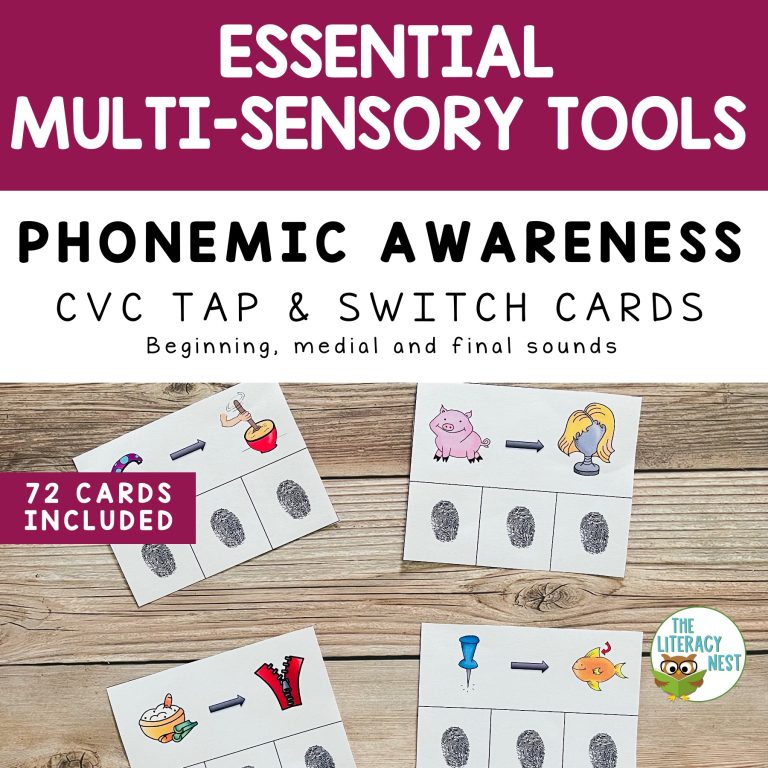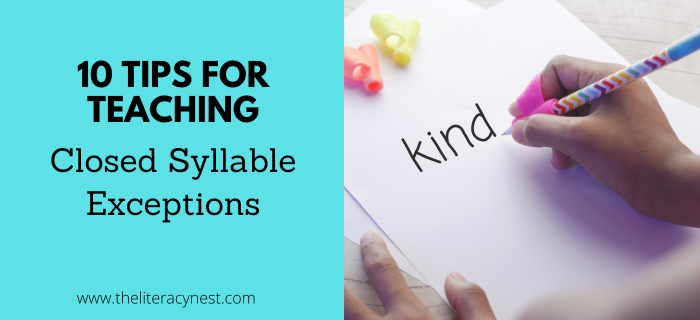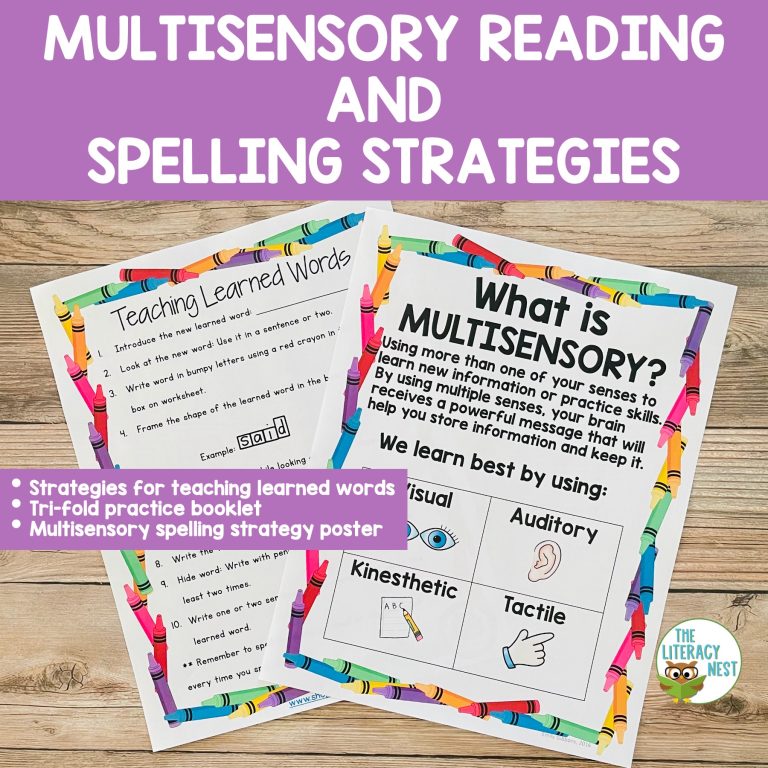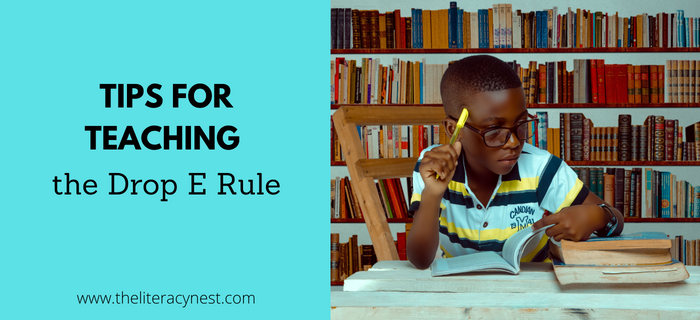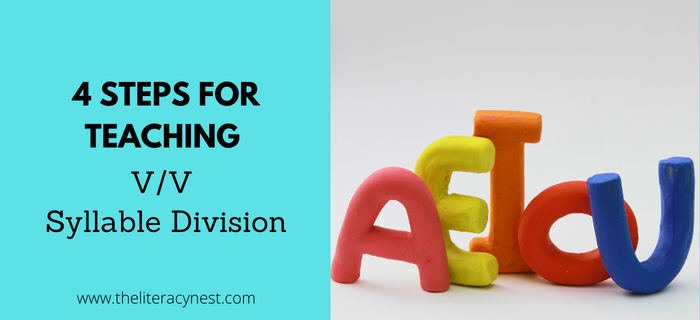Multisensory Teaching Techniques in the Classroom
Using Multisensory Teaching Techniques Multisensory learning strategies are crucial not just for kids with dyslexia, or within Orton-Gillingham lesson plans, it is good solid teaching for ALL students. Incorporating multisensory learning tools into your classroom lessons will not replace intervention services, but it will make classroom lessons more accessible to students with learning differences. …

